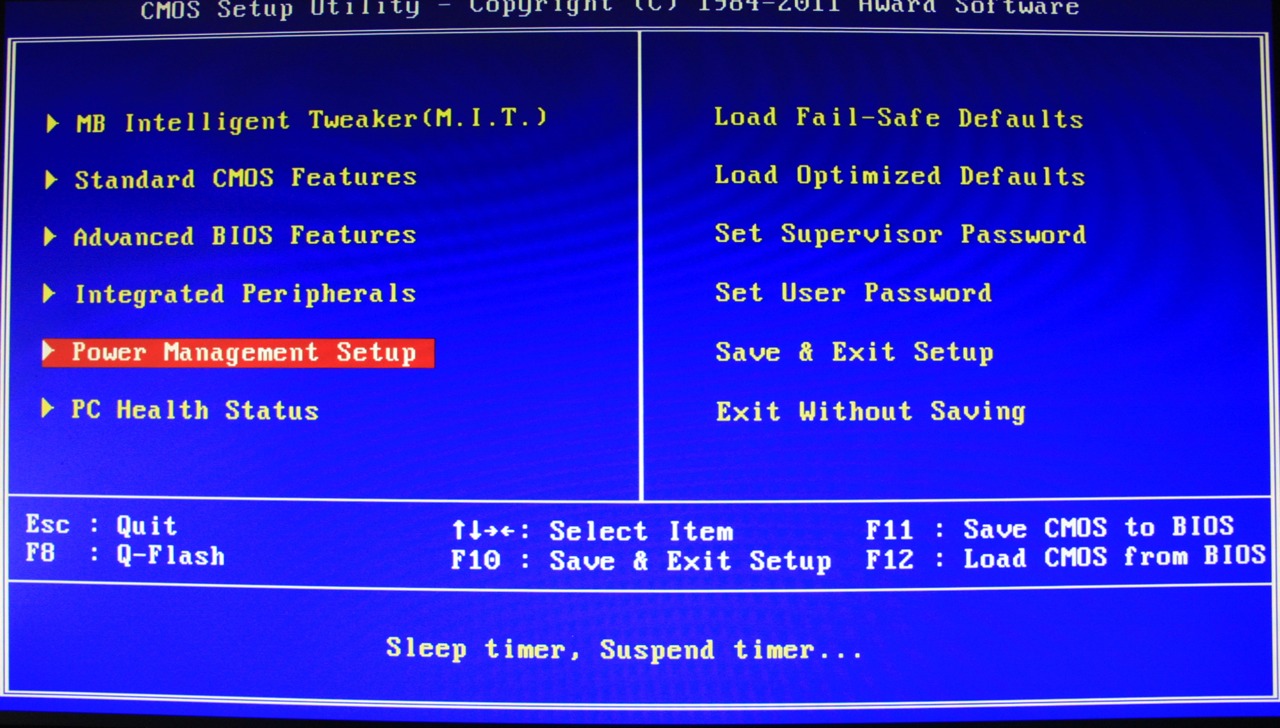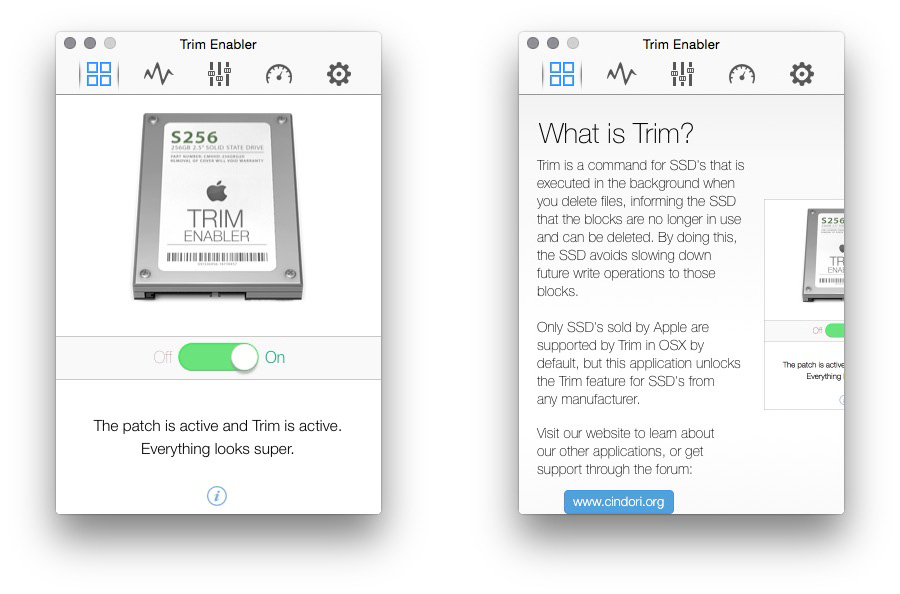
For a very brief time, the data could still reside on the flash internally. TRIM tells the SSD to mark a LBA region as invalid and subsequent reads on the region will not return any meaningful data. After trimming, the SSD will not preserve any contents of the block when writing new data to a page of flash memory, resulting in less write amplification (fewer writes), higher write throughput (no need for a read-erase-modify sequence), thus increasing drive life.ĭifferent SSDs implement the command somewhat differently, so performance can vary.
TRIM ENABLER OLD MOBO FREE
For a file deletion operation, the operating system will mark the file's sectors as free for new data, then send a TRIM command to the SSD. The TRIM command enables an operating system to notify the SSD of pages which no longer contain valid data. This phenomenon is known as write amplification. Since an erase of the cells in the page is needed before it can be written to again, but only entire blocks can be erased, an overwrite will initiate a read-erase-modify-write cycle: the contents of the entire block are stored in cache, then the entire block is erased from the SSD, then the overwritten page(s) is written into the cached block, and only then can the entire updated block be written to the flash medium. An SSD write operation can be done to a single page but, due to hardware limitations, erase commands always affect entire blocks consequently, writing data to empty pages on an SSD is very fast, but slows down considerably once previously written pages need to be overwritten. If they happen to contain data, the contents must be erased before a write operation. NAND flash memory cells can be directly written to only when they are empty. Example: 512 kiB blocks that group 128 pages of 4 kiB each.

SSDs store data in flash memory cells that are grouped into pages typically of 4 to 16 kiB, grouped together into blocks of typically 128 to 512 pages. For magnetic disks, an overwrite of existing data is no different from writing into an empty sector, but because of how some SSDs function at the lowest level, an overwrite produces significant overhead compared to writing data into an empty page, potentially crippling write performance. While this often enables undelete tools to recover files from electromechanical hard disks, despite the files being reported as "deleted" by the operating system, it also means that when the operating system later performs a write operation to one of the sectors, which it considers free space, it effectively becomes an overwrite operation from the point of view of the storage medium. Since a common SSD has no knowledge of the file system structures, including the list of unused blocks/sectors, the storage medium remains unaware that the blocks have become available. Contrary to (for example) an overwrite operation, a delete will not involve a physical write to the sectors that contain the data. īecause of the way that many file systems handle delete operations, by flagging data blocks as "not in use", storage media (SSDs, but also traditional hard drives) generally do not know which sectors/pages are truly in use and which can be considered free space.

TRIM is also widely used on shingled magnetic recording (SMR) hard drives. Although this successfully maintained their performance even under operating systems that did not support trim, it had the associated drawbacks of increased write amplification and wear of the flash cells. By 2014, many SSDs had internal background garbage collection mechanisms that worked independently of trimming.

Īlthough tools to "reset" some drives to a fresh state were already available before the introduction of trimming, they also delete all data on the drive, which makes them impractical to use for ongoing optimization. Trimming enables the SSD to more efficiently handle garbage collection, which would otherwise slow future write operations to the involved blocks. Because low-level operation of SSDs differs significantly from hard drives, the typical way in which operating systems handle operations like deletes and formats resulted in unanticipated progressive performance degradation of write operations on SSDs. Trim was introduced soon after SSDs were introduced. ( April 2020)Ī trim command (known as TRIM in the ATA command set, and UNMAP in the SCSI command set) allows an operating system to inform a solid-state drive (SSD) which blocks of data are no longer considered to be 'in use' and therefore can be erased internally.

Further details may exist on the talk page. Please expand the article to include this information. This article is missing information about SMR drives (similar append-only zone problem).


 0 kommentar(er)
0 kommentar(er)
